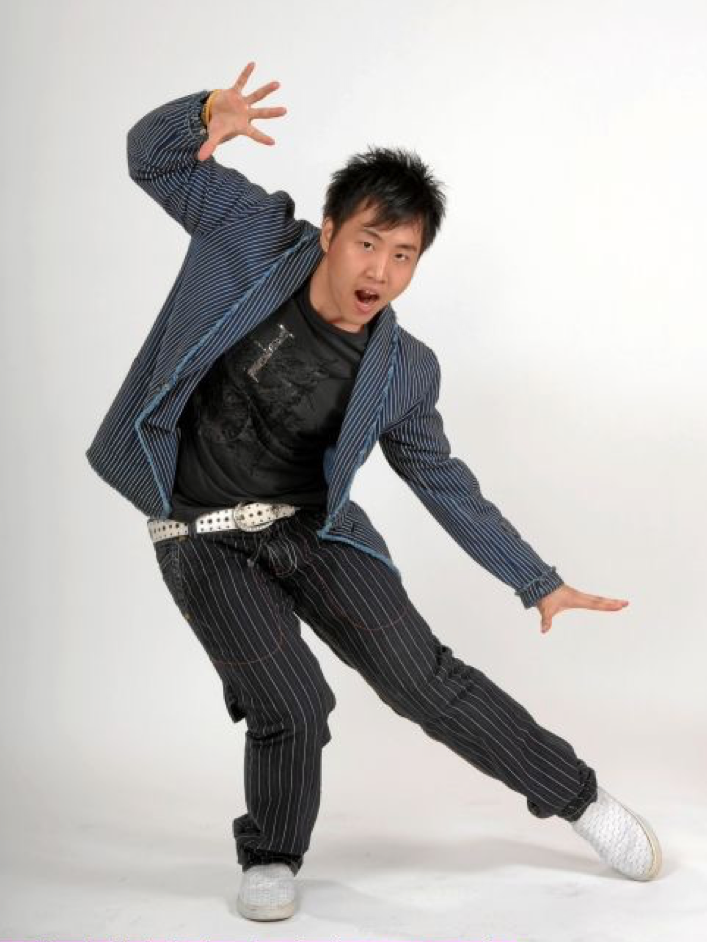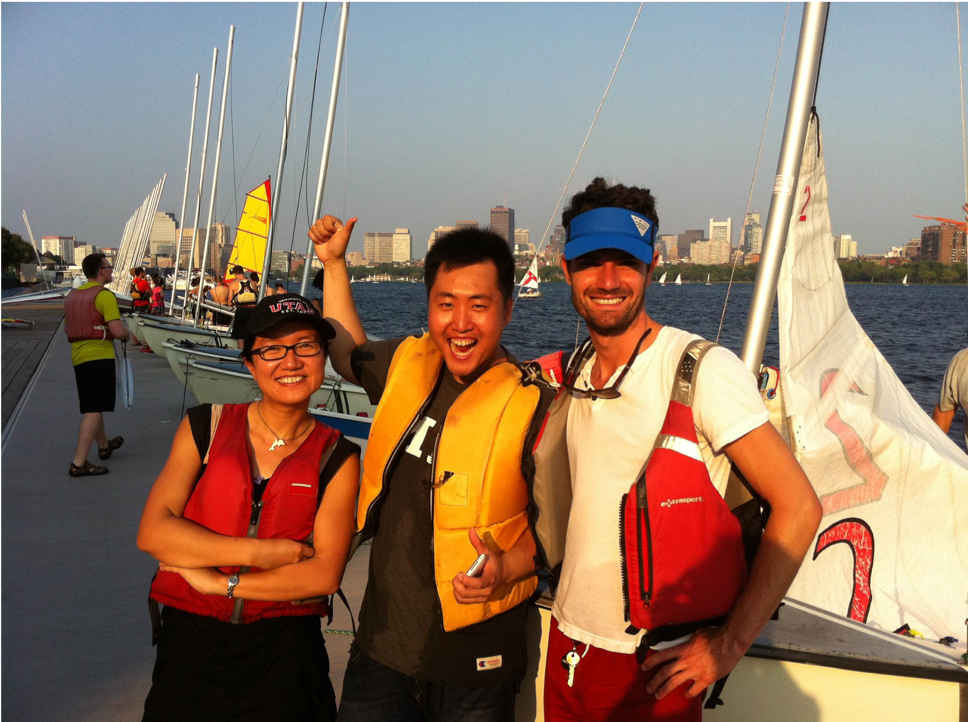The NUS-NUHS-MIT Healthcare AI Datathon and Expo 2019 will be held this week from 17 to 21 July 2019. Assistant Professor ‘Mornin’ Feng Mengling is leading the Artificial Intelligence (AI) Datathon segment for the third year now. He talks to us about some of the successes of the past two years and more broadly about his work at the School.
Pictured above is Mornin (1st from right) at last year’s Datathon
Tell us more about the AI Datathon.
To be successful in healthcare computer science, there needs to be close collaboration between the computer scientists and the healthcare team. The weekend Datathon on 19-21 July aims to match healthcare teams with computer scientists from academic institutions and businesses, and immerse them in a healthcare issue identified by clinicians. Data scientists can ask clinical teams in person what the data means within the healthcare context in order to deepen their understanding of the data. Similarly, clinical teams can appreciate what is now possible with healthcare computer science.
A great example of what can be achieved with healthcare computer science can be seen in the clinical issue of treatment sensitivity. Clinical guidelines often adopt a ‘one-size-fits-all’ approach, but sometimes, treatment guidelines need refinement. In order to achieve gold standard, a randomised control trial should be conducted, but there are serious ethical issues in not providing the treatment according to the current guidelines. In such cases, computer science can support the refinement of guidelines to improve patient care, which is what we saw in last year’s Datathon.
A clinical team in intensive care believed that guidelines on fluids, oxygen and blood transfusions needed refinement for specific patient groups, such as frail older patients. Using 12 years’ worth of electronic patient records of over 100,000 intensive care patients from US, we were able to corroborate the clinical team’s hypothesis that treatment guidelines for these patients needed to be refined. The computer science team collaborated with the clinical team to draw out more data from the electronic patient records, which already hold a wealth of information such as health status prior to admission to the intensive care unit, age, sex, weight, height, laboratory results, diagnosis, treatments undertaken, nursing observations, as well as short term-outcomes. Although there is still a need for a clinical randomised control trial, the analysis and interpretation of this data set boosts the confidence of clinicians and healthcare organisations in finding the ethical balance when refining treatment protocols.
The Datathon shows what can be done when there is close collaboration between clinicians and data scientists, but this is only the start. We keep in touch with the teams after the event and find that most go on to work together in the following weeks, months and sometimes even years.
Tell us more about your work at the School.
We are building a reinforcement learning system to aid clinical decision making. This is one popular branch of AI research. This AI system is similar to the one that is used in AlphaGo, where there is a neural-network-based reinforced learning algorithm. It learns from its experiences (both positive and negative ones) and becomes more and more efficient over time.
The AI system will be able to review and memorise patient records within a short time, whereas it would take a clinician a lifetime to do so and even remembering all patient records would be impossible. The AI system remembers each case, the treatment given and outcome, and sees patterns across common cases. One day, this AI tool would be able to aid the clinician in outlining the likely outcome of a particular treatment course for patients with the same characteristics. It could also aid with reviewing treatment compliance and flag treatment errors.
There is a general concern that AI will replace clinicians. I don’t see that happening. AI would only be a tool to assist; the clinician will still play a critical role in interpreting and understanding the context. As it was with electronic patient records, I imagine AI in healthcare will go through phases of resistance, adaptation and shifts in practice, before acceptance and further development.
What are you currently working on?
My research team has backgrounds in computer science and mathematics, and our objective is to develop and apply artificial intelligence models to solve healthcare problems.
Diagnostic testing, particularly imaging, is in demand as never before and even in countries like Singapore with a well-funded health system, the radiology workforce is under pressure. In low to middle income countries, there simply aren’t enough radiographers.
We are working with healthcare providers to develop an AI model to read digital mammograms and assist in the diagnosis of breast cancers. The AI’s accuracy is already on par with that of a radiographer, but the AI reports are still reviewed by a radiographer to confirm the diagnosis. We are also applying the same AI approach to diagnosing skin cancer and brain cancer from images.
Tell us something surprising about yourself.
Dance is one of my ways to express my emotions and creativity, and to connect with others. I was previously a semi-professional hip hop dancer and was once a backup dancer for Andy Lau when he was in Singapore!
Another thing is back when I was at Massachusetts Institute of Technology (MIT), I sailed every summer on the Charles River. The first time I went to the MIT sailing club, they asked if I could swim, which I could. They then just gave me a boat, told me to hold the rope and point it in the direction to go. It was a very MIT way of learning — you can swim and we will watch you, but you figure out how to sail on your own through trial and error.




